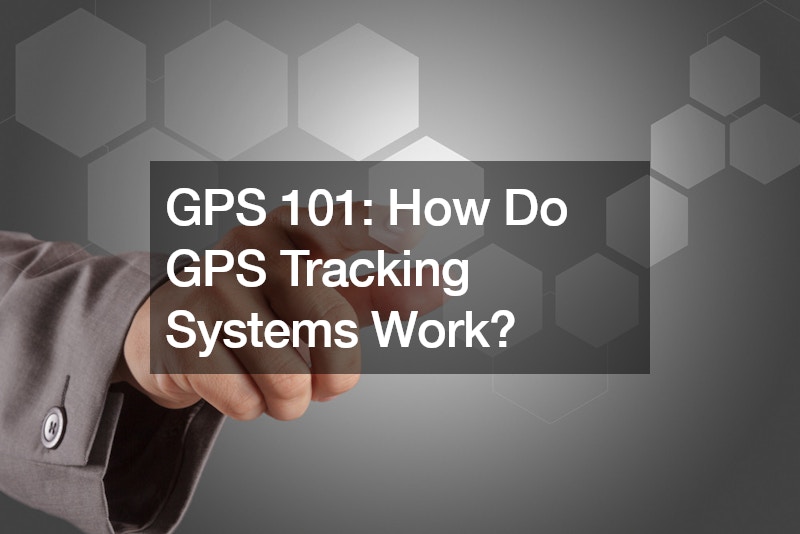GPS, short for Global Positioning System, has become an integral part of modern life. Whether you’re navigating through a city, tracking your fitness progress, or locating a lost phone, GPS technology plays a crucial role. But have you ever wondered how GPS tracking systems actually work?
At its core, a GPS tracking system utilizes a network of satellites orbiting the Earth to pinpoint locations with remarkable precision. The system comprises three main components: satellites, ground stations, and receivers.
These components work together seamlessly to provide accurate positioning data.
The Satellites:
The GPS constellation consists of a network of satellites orbiting the Earth. Originally developed for military purposes, these satellites now serve civilians worldwide. Currently, there are 32 active GPS satellites in orbit, ensuring global coverage. These satellites continuously transmit signals containing information about their position and precise time.
The Ground Stations:
Ground stations, also known as control or monitor stations, are located across the globe. Their primary function is to track and manage the GPS satellites in orbit. These stations ensure that the satellites are functioning correctly and accurately transmitting signals. Additionally, they help synchronize the atomic clocks onboard the satellites, which are crucial for precise timing.
The Receivers:
GPS receivers are the devices we use to interact with the GPS system. These receivers can be found in smartphones, cars, fitness trackers, and various other gadgets. When you use a GPS-enabled device, the receiver inside it captures signals from multiple satellites. By analyzing the timing and positioning data from these signals, the receiver calculates your precise location.
Once the receiver has acquired signals from at least four satellites, it can determine your location through a process known as trilateration. Trilateration involves measuring the time it takes for signals to travel from the satellites to the receiver. By comparing the arrival times of these signals, the receiver can calculate its distance from each satellite. Using this distance information, along with the known positions of the satellites, the receiver can pinpoint its exact location in three-dimensional space.
Benefits of GPS Tracking Systems:
GPS tracking systems offer a wide range of benefits across various industries and applications. In transportation and logistics, these systems enable businesses to track the location and movement of vehicles in real-time. This capability enhances route planning, improves fleet efficiency, and enhances overall safety. For personal use, GPS tracking systems provide peace of mind by allowing individuals to locate lost or stolen belongings, monitor family members’ whereabouts, and track fitness activities.
Additionally, GPS tracking systems have revolutionized industries such as agriculture, construction, and emergency services, where precise location data is critical for operations.
In conclusion, GPS tracking systems rely on a sophisticated network of satellites, ground stations, and receivers to provide accurate positioning data. Whether you’re navigating unfamiliar terrain or tracking valuable assets, GPS technology continues to shape the way we interact with the world around us.
So, the next time you rely on your smartphone for directions or track your morning jog, remember the intricate system of satellites orbiting high above, working tirelessly to keep you on the right path.
.


